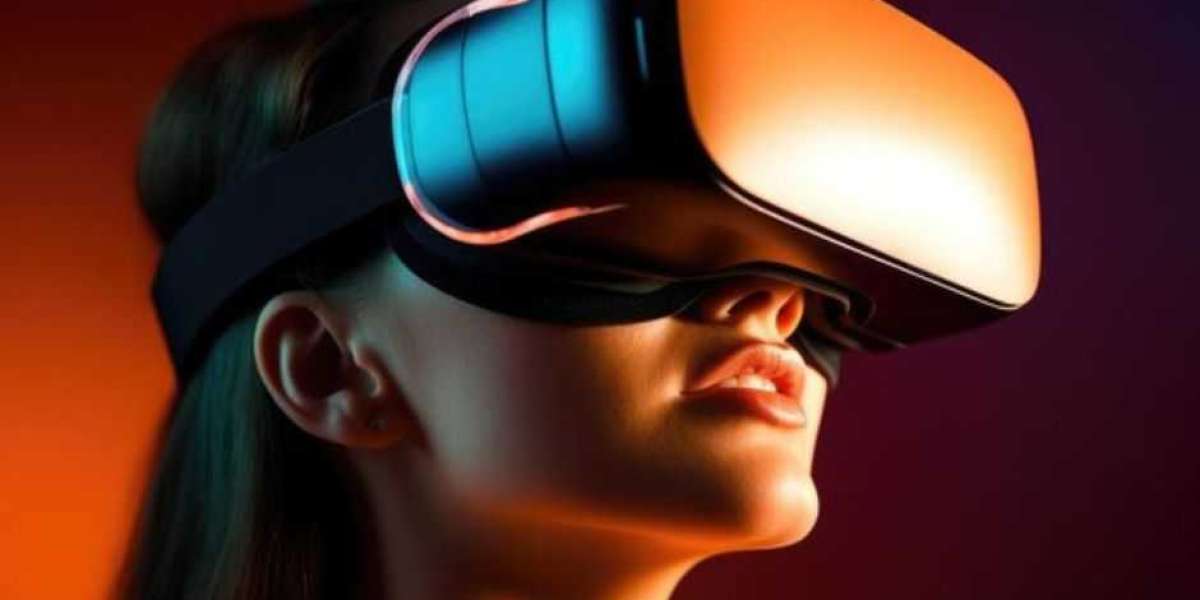Introduction
In recent years, the realms of digital ownership and virtual reality have undergone a remarkable evolution, leading to the rise of two significant phenomena: Non-Fungible Tokens (NFTs) and the Metaverse. These two concepts have captured the imagination of artists, gamers, investors, and tech enthusiasts alike. In this blog, we will delve into the captivating world of NFTs and explore the immersive landscape of the Metaverse, understanding what they are, how they work, and the potential they hold for the future.
Unveiling NFTs - A Digital Revolution
Defining NFTs: Non-Fungible Tokens, or NFTs, are unique digital assets that represent ownership or proof of authenticity of a specific item or piece of content. Unlike cryptocurrencies such as Bitcoin or Ethereum, which are interchangeable, each NFT is distinct, making it irreplaceable and indivisible.
How NFTs Work: NFTs are built upon blockchain technology, which ensures transparency, security, and immutability. Artists, musicians, and creators mint their digital creations as NFTs, effectively "tokenizing" them. This process establishes a verifiable link between the digital file and its creator, allowing for provenance tracking and ownership verification.
Use Cases of NFTs: NFTs have permeated various industries, from art and music to gaming and collectibles. Artists can monetize their digital art, musicians can sell albums as NFTs, and collectors can own unique virtual items. The scarcity and authenticity associated with NFTs have revolutionized digital ownership and given creators new revenue streams.
Part 2: Navigating the Metaverse - Where Digital Realms Converge
Defining the Metaverse: The Metaverse refers to a collective virtual shared space, created by the convergence of physical and virtual reality. It's an interconnected digital universe that encompasses multiple virtual worlds, environments, and social experiences.
Components of the Metaverse: The Metaverse is composed of immersive virtual environments, social platforms, augmented reality (AR), virtual reality (VR), and various forms of interactive content. It is a space where users can socialize, work, play, and create, blurring the lines between the digital and physical realms.
Metaverse in Gaming: Gaming has been a major driver of Metaverse development. Virtual worlds like Fortnite, Roblox, and Decentraland allow players to explore, interact, and even own virtual land or assets. NFTs play a crucial role in the Metaverse, enabling users to buy, sell, and trade virtual items across different metaverse game platforms.
Beyond Gaming: The Metaverse extends beyond gaming, finding applications in education, business meetings, art galleries, and even virtual real estate. It promises a new way of socializing, collaborating, and experiencing content, ushering in a new era of digital interaction.
Synergy between NFTs and the Metaverse - Bridging Realities
NFTs Empowering the Metaverse: NFTs provide the backbone of ownership and interoperability within the Metaverse. As users traverse virtual realms, NFTs ensure that their digital assets, whether it's a piece of art, a rare sword in a game, or a virtual property, remain uniquely owned and controlled.
Crossing Boundaries: The combination of NFTs and the Metaverse facilitates the seamless exchange of digital assets between different virtual worlds. For instance, an NFT-acquired virtual outfit could be worn across various compatible Metaverse platforms, showcasing the potential for a unified digital economy.
Economic Opportunities: The integration of NFTs into the Metaverse opens up new economic opportunities. Creators can monetize their content, developers can build virtual real estate projects, and businesses can engage customers through immersive experiences.
Conclusion
The emergence of NFTs and the Metaverse represents a groundbreaking shift in the way we perceive digital ownership and virtual experiences. NFTs have democratized creative expression and transformed how we value digital assets, while the Metaverse has redefined how we connect, socialize, and collaborate in virtual spaces. As technology advances, the synergy between NFTs and the Metaverse will continue to shape the future of digital culture, commerce, and communication, offering a glimpse into a world where the boundaries between the real and the virtual blur into a harmonious blend of experiences.








